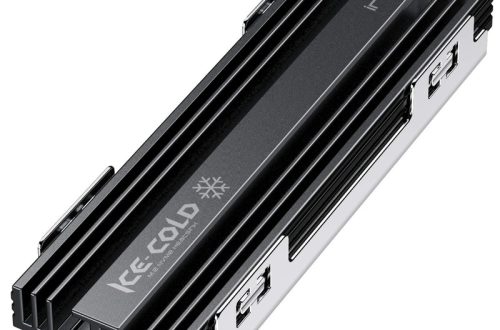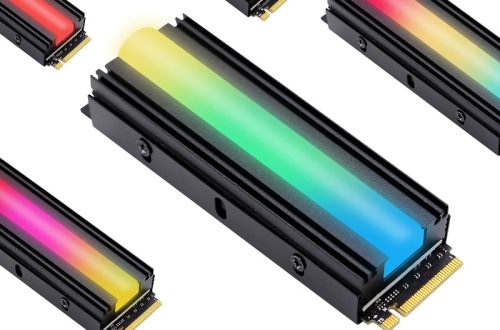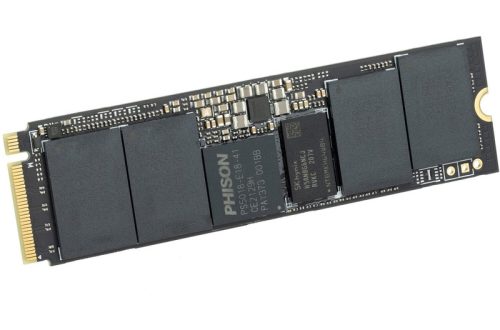Part 1: Understanding Your Needs
When it comes to buying electronics , the first and most important thing to consider is your specific needs. Here are two points to keep in mind:
1. Define Your Purpose
Before you start shopping, clearly define the primary purpose of the electronic device. Are you looking for a smartphone for everyday tasks, a laptop for work and entertainment, or a gaming console for immersive experiences? Understanding your specific needs will help you narrow down your options and choose a device that best suits your requirements.
Consider your lifestyle. If you’re constantly on the go, a portable and lightweight device might be ideal. If you’re a heavy user, prioritize features like long battery life and ample storage. Think about future needs. Consider how your needs might change over time. For example, if you’re currently a student but plan to enter the workforce soon, a laptop with powerful processing capabilities might be a better investment.
2. Set a Realistic Budget
Establishing a budget is essential to prevent overspending and ensure you get the best value for your money. Consider the following factors:
- Essential features: Determine which features are absolutely necessary for your needs. Prioritize these features and be willing to compromise on less important ones to stay within your budget.
- Hidden costs: Be mindful of additional expenses, such as accessories, software, and potential repair costs. Research the average prices of these items to get a better idea of your overall budget.
- Long-term value: While it’s tempting to opt for the cheapest option, consider the long-term value of the device. A higher-quality device with a longer lifespan might be a better investment in the long run.
Don’t be afraid to negotiate. If you’re purchasing from a physical store, don’t hesitate to negotiate for a better price, especially if you’re buying electronics or during sales periods.

Part 2: Researching Products
Once you have a clear understanding of your needs, it’s important to research the products available in the market. Here are two points to consider:
1. Dive Deep into Reviews and Ratings
When considering an electronic purchase, don’t just skim through the top few reviews. Delve into the details of user feedback. Look for specific mentions of performance, battery life, build quality, and any potential drawbacks. Pay attention to recurring themes or complaints.
Consider the source of the reviews. Reviews from reputable tech websites or forums often provide more in-depth analysis. Additionally, check for reviews from users who have similar needs and usage patterns as you. Don’t be afraid to look for negative feedback. A product with no negative reviews might be too good to be true. It’s often more helpful to read a mix of positive and negative reviews to get a balanced perspective.
2. Compare Apples to Apples
When comparing different options, ensure you’re comparing like-for-like. For example, if you’re looking for a smartphone, compare models with similar processors, screen sizes, and camera specifications. This will give you a clearer picture of the value you’re getting for your money. Consider your specific needs. If you’re a heavy gamer, prioritize a device with a powerful processor and high-quality graphics. If you’re a photographer, look for a smartphone with a good camera and image processing capabilities.
Don’t be swayed by flashy marketing. Focus on the features that matter most to you. A device with a sleek design and fancy features might not be the best choice if it lacks the essential features you need. Check for compatibility. Ensure the device is compatible with your existing devices and software. For example, if you have a Mac, you might want to choose a device that works seamlessly with macOS.
Part 3: Considering Features
The features of electronic products can vary significantly, and it’s important to consider which ones are essential for your needs. Here are two points to keep in mind:
1. Prioritize Essential Features

When considering an electronic purchase, identify the core features that are crucial for your needs. This will help you focus on what truly matters and avoid getting distracted by unnecessary bells and whistles.
- For smartphones: Prioritize camera quality, battery life, processor speed, and storage capacity if you’re a heavy user.
- For laptops: Consider processor speed, RAM, storage options, screen quality, and build quality.
- For tablets: Focus on screen size, resolution, battery life, and portability.
Create a list of essential features and use it as a guide during your shopping process. This will help you compare different options and make an informed decision.
2. Consider Additional Features
While essential features are paramount, additional features can enhance your overall experience. However, it’s important to weigh the benefits against the costs.
- For smartphones: Features like wireless charging, water resistance, and expandable storage can be valuable additions.
- For laptops: Consider features like touchscreens, fingerprint readers, and dedicated graphics cards.
- For tablets: Look for features like stylus support, dual cameras, and long battery life.
Ask yourself if these additional features are worth the extra cost. If they align with your needs and usage patterns, they can provide significant value. However, if you won’t use them frequently, it might be better to opt for a more affordable option without these features.
Part 4: Buying Considerations
When it comes time to make a purchase, there are specific considerations to keep in mind to ensure you are getting the best value for your money. Here are two points to consider:
1. Warranty and Return Policy:
When considering an electronic purchase, it’s essential to review the warranty and return policy offered by the retailer or manufacturer. A comprehensive warranty can provide peace of mind by covering defects, malfunctions, or accidental damage. Be sure to understand the terms and conditions of the warranty, including the duration, coverage, and any exclusions. Additionally, a flexible return policy can give you the option to exchange or return the product if it doesn’t meet your expectations. This is particularly important if you’re purchasing a device online and can’t physically inspect it before buying.
2. Accessories and Bundles:
When purchasing an electronic device, check if the retailer offers any accessories or bundles. Many retailers provide discounts or even free accessories, such as carrying cases, extra cables, or protective screens. These bundles can be a great way to save money and ensure you have everything you need to start using your new device right away. By taking advantage of these offers, you can potentially avoid additional purchases later on and enjoy a more complete and convenient experience.

Part 5: Futureproofing Your Purchase
When buying electronics, it’s important to consider how future-proof the product is. Here are two points to keep in mind:
1. Technology Upgrades:
When purchasing an electronic device, it’s crucial to consider its compatibility with future technology upgrades. This will ensure that your investment remains relevant and functional for years to come. For example, if you’re buying a TV, consider whether it supports upcoming display technologies like 8K resolution or HDR. Similarly, if you’re purchasing a smartphone, check if it’s compatible with future software updates from the operating system manufacturer. By investing in a device that is future-proof, you can avoid the need for frequent upgrades and save money in the long run.
2. Longevity:
Consider the longevity of the electronics you are buying. Some electronics are designed to last longer than others, and it’s important to consider whether the product will meet your needs in the long term. Look for products with a good track record of reliability and durability to ensure you get the most out of your purchase.
Part 6: Making an Informed Decision
After considering all the factors mentioned above, it’s time to make an informed decision. Here are two final points to keep in mind:
1. Consult with Experts:
If you are unsure about your purchase, consider seeking advice from experts or individuals who are knowledgeable about the product you are interested in. They can provide you with valuable insights and help you make a more informed decision.
2. Purchase from Reputable Retailers:
When making a purchase, it’s important to buy from reputable retailers that offer good customer service and support. This will ensure that you have a positive shopping experience and that you can rely on the retailer for any future needs or concerns regarding your purchase.
In conclusion, buying electronics can be an overwhelming process, but by understanding your needs, researching products, considering features, and making informed decisions, you can find the best value for your money. Keep these tips and tricks in mind the next time you are in the market for new buying electronics to ensure a satisfying and worthwhile purchase.




